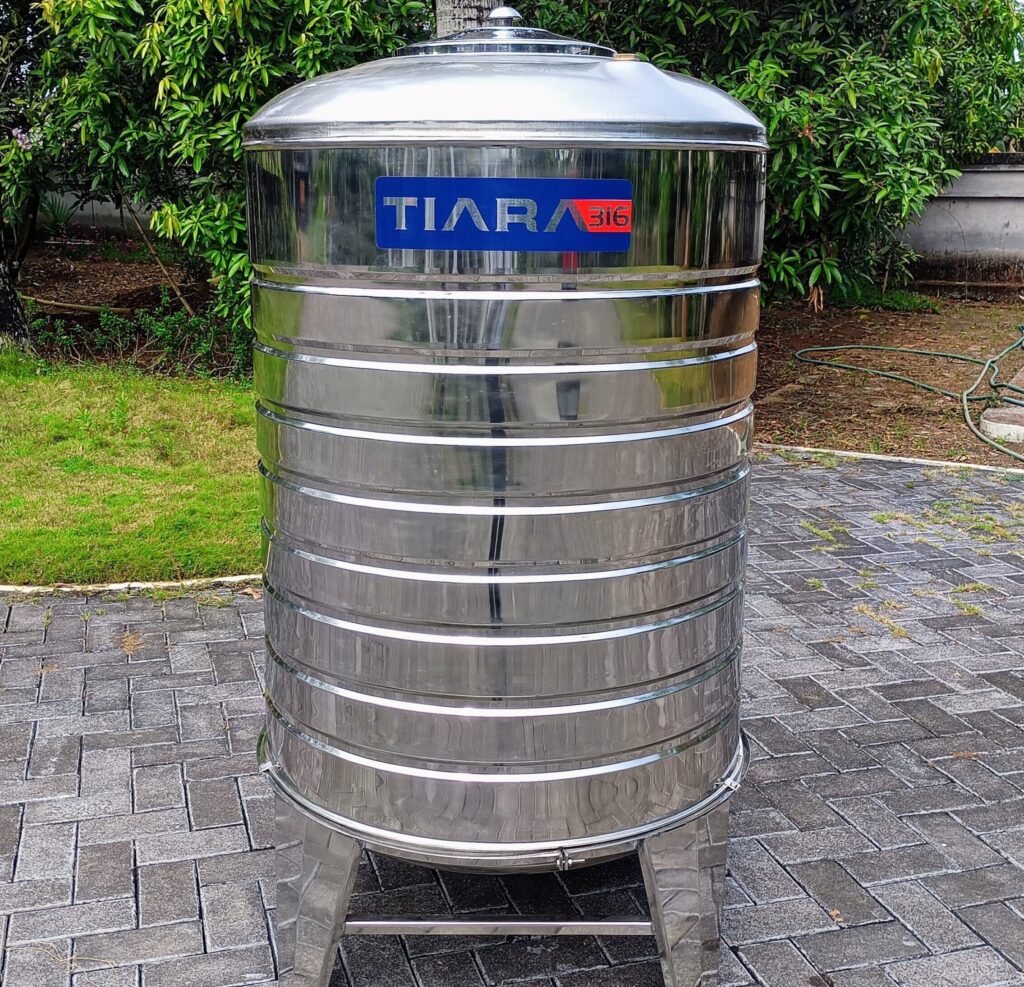
Water storage tanks are crucial for maintaining a reliable water supply, whether for residential, agricultural, or industrial use. However, over time, these tanks can accumulate sediment, which can lead to various problems, including water quality issues, reduced storage capacity, and even damage to the tank itself. Addressing sediment build-up is essential for ensuring the longevity and efficiency of water storage systems. This article explores effective strategies for managing and preventing sediment accumulation in water storage tanks.
Understanding Sediment Build-Up
Sediment in water storage tanks primarily consists of minerals, organic matter, and debris that settle at the bottom. Factors contributing to sediment accumulation include:
Source Water Quality: Water drawn from rivers, lakes, or wells may contain natural sediments, including clay, silt, and organic material.
Water Treatment Processes: Inadequate filtration and sedimentation during water treatment can leave behind particles that settle in storage tanks.
Tank Design: The design and construction of the tank can influence sediment accumulation. Tanks with poor inlet and outlet configurations may lead to stagnation and increased sediment deposition.
Operational Practices: Infrequent cleaning and maintenance can exacerbate sediment issues.
Effective Strategies for Addressing Sediment Build-Up
1. Regular Inspection and Maintenance
Routine inspections of water storage tanks are essential for early detection of sediment build-up. Depending on usage, tanks should be inspected at least once a year. During inspections, check for sediment levels, discoloration, and any signs of structural damage. Regular maintenance can include:
- Cleaning the tank interior to remove accumulated sediment.
- Inspecting inlet and outlet pipes for blockages or restrictions.
2. Implementing Proper Tank Design
The design of the water storage tank plays a significant role in sediment accumulation. To minimize sediment build-up, consider:
- Conical or Sloped Bottoms: Tanks with sloped bottoms facilitate easier sediment drainage.
- Optimized Inlet and Outlet Design: Proper positioning of inlet and outlet pipes can enhance water circulation, reducing stagnation and sediment deposition.
3. Sediment Removal Techniques
When sediment build-up is detected, several techniques can be employed to remove it:
- Manual Cleaning: For smaller tanks, manual cleaning involves draining the tank and using brushes or vacuums to remove sediment. This process can be labor-intensive but is effective.
- Vacuuming Systems: Larger tanks can benefit from specialized vacuum systems designed to remove sediments without extensive manual labor. These systems can often be integrated into regular maintenance schedules.
- Flushing: Regularly flushing the tank can help dislodge and remove sediment. This process involves using water flow to push sediment toward the outlet, allowing it to be drained away.
4. Water Quality Management
Improving the quality of water entering the tank can reduce sediment accumulation. Strategies include:
- Filtration Systems: Installing advanced filtration systems can effectively remove sediments and particulate matter before water enters the tank.
- Chemical Treatment: In some cases, adding coagulants or flocculants can help aggregate smaller particles, making it easier to remove them during regular maintenance.
5. Implementing a Monitoring System
Installing monitoring systems can provide real-time data on water quality and sediment levels. Sensors can detect changes in turbidity or sediment concentration, alerting operators to potential issues before they escalate.
Conclusion
Sediment build-up in water storage tanks poses significant challenges to water quality and system efficiency. By implementing regular inspections, optimizing tank design, employing effective sediment removal techniques, and enhancing water quality management, individuals and organizations can effectively address this issue. A proactive approach not only extends the life of the storage tank but also ensures a reliable and clean water supply for all users. Regular maintenance and monitoring are key to preserving the integrity of water storage systems, ultimately benefiting both public health and the environment.


